Vertical product expansion
👋 Hey, I’m George Chasiotis. Welcome to GrowthWaves, your weekly dose of B2B growth insights—featuring powerful case studies, emerging trends, and unconventional strategies you won’t find anywhere else.
Three months ago, I was on LinkedIn when I saw a post by one of my connections,
.Henrique, whom I previously interviewed for GrowthWaves’ interview series, is the Head of Growth at Rows.
Rows is a spreadsheet tool with capabilities beyond what you can do with Google Sheets or Excel.
So, I was surprised to see that they launched a feature that allows users to connect their bank accounts with their (Rows) spreadsheet.
After looking into it, the launch made perfect sense.
Launching Bank Accounts
Here’s Henrique’s LinkedIn post I referred to in the intro:
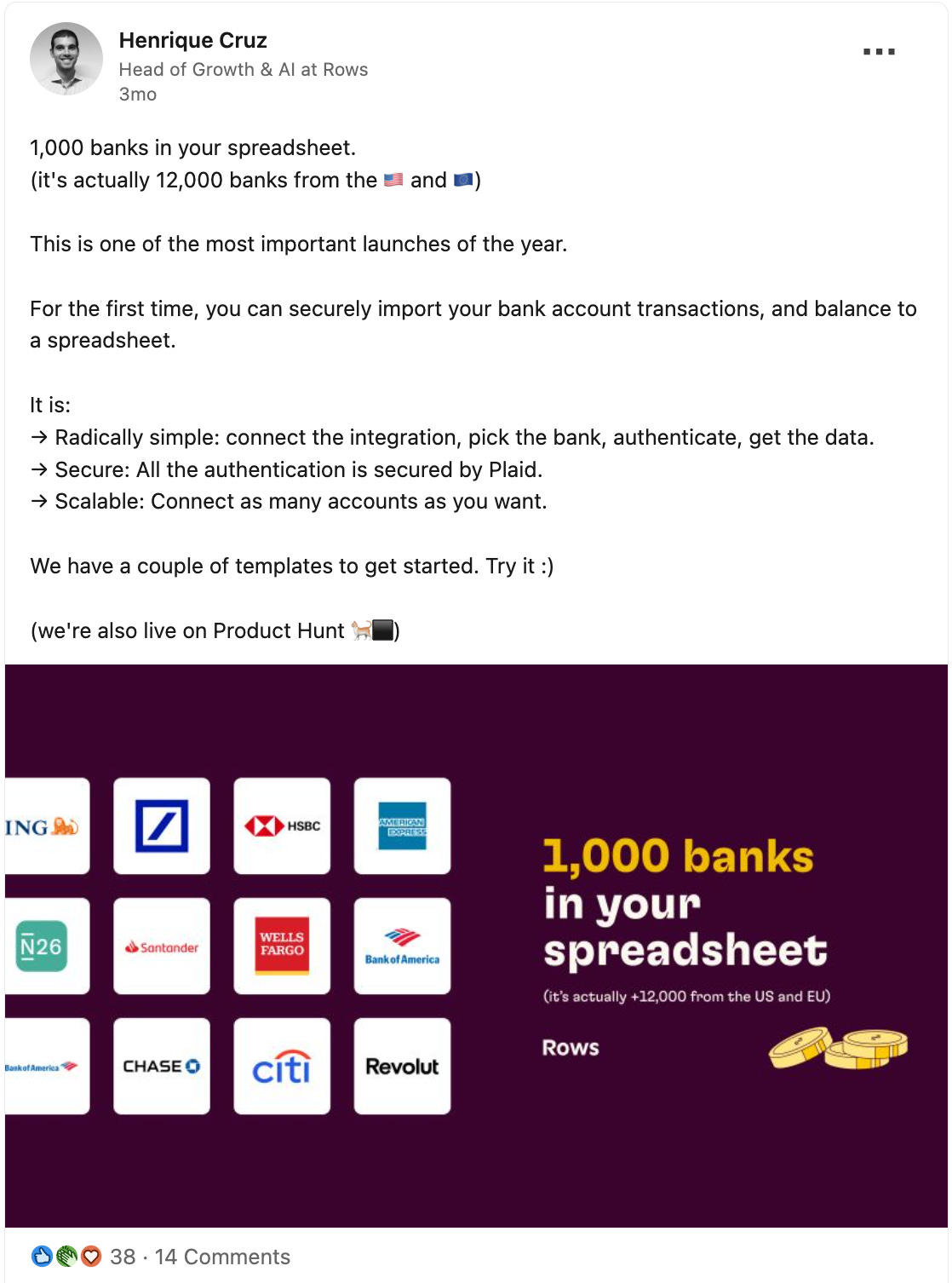
When I saw it, I couldn’t make the connection between bank account data and a spreadsheet, especially for personal accounts.
I wasn’t the only one curious to learn what drove the launch.
What Henrique is saying here is that the team at Rows identified a use case from an indirect competitor (I’m assuming there are other tools people use for this particular use case) and decided to build a feature around it.
When we search for ‘expense tracker’ in Notion’s template section, we can see over 100 templates created by Notion’s team and independent creators.
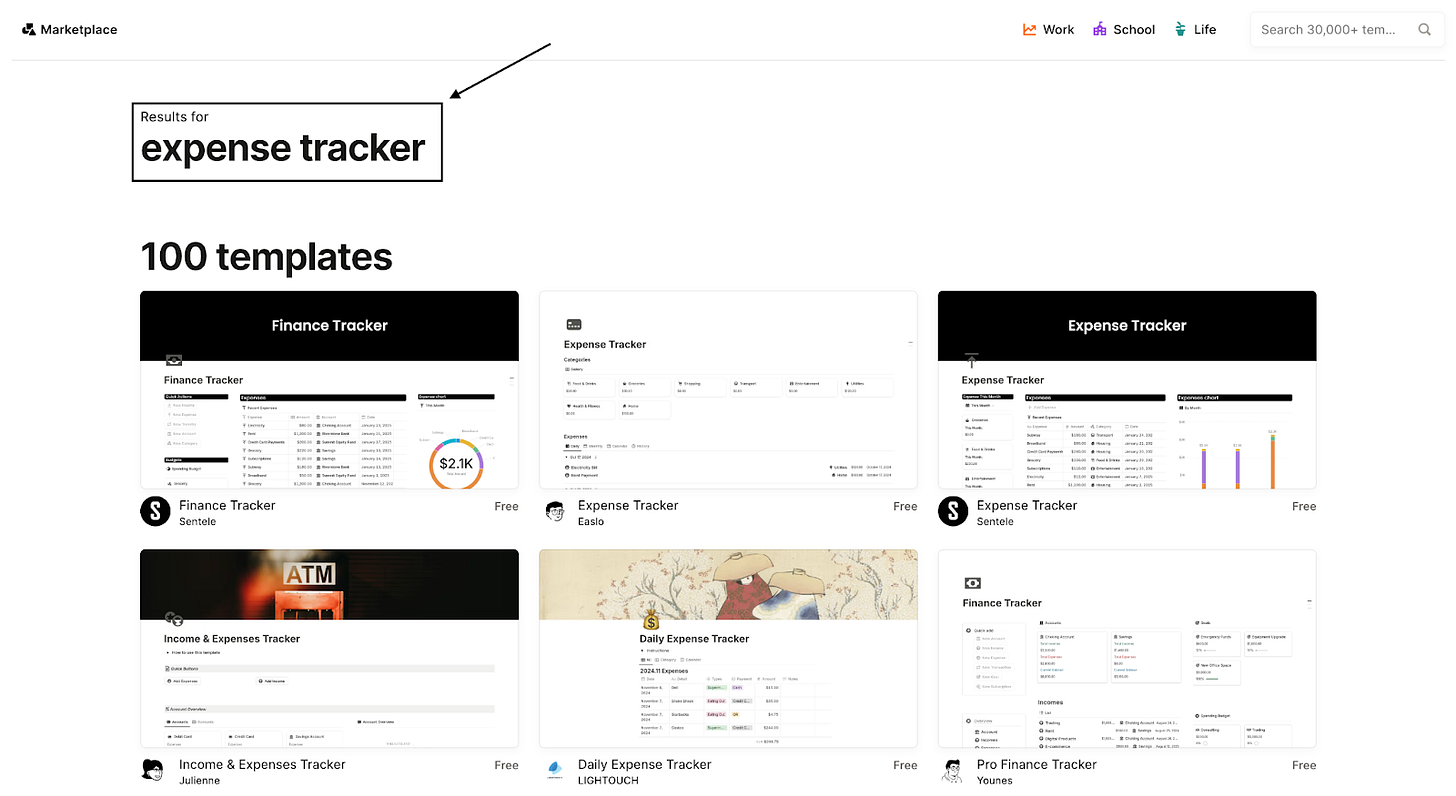
If these templates are available, I’m assuming there’s demand for simpler use cases, such as expense and finance trackers, and more complex ones, such as revenue reconciliation.
I’m further assuming that people also tried to get this job done with Rows, but they—at least until launching this feature—didn’t have the capabilities to do the task (of moving data from a bank account to a spreadsheet) easily.
Building an alternative to the status quo
So, what do we have here? We could summarize it into the following three steps:
Demand: people already use alternative solutions
Status quo: these solutions aren’t really efficient
Product capability: Rows offers a better alternative
There are countless examples of inefficient ways of getting specific jobs done.
In most of these cases, people stick with the original solution. (Or, what we called status quo competition in a previous note.)
Status quo competition could also be internal, by the way.
That’s when people try to get a job done with your product while not having the tools or capabilities to do that job efficiently and effectively.
Unless you know about it and take action, it can be a surefire way to lose customers and revenue.
Rows identified the opportunity and did something about it.
If you look at their templates section, you’ll see they’ve even built a couple of templates for the use case.
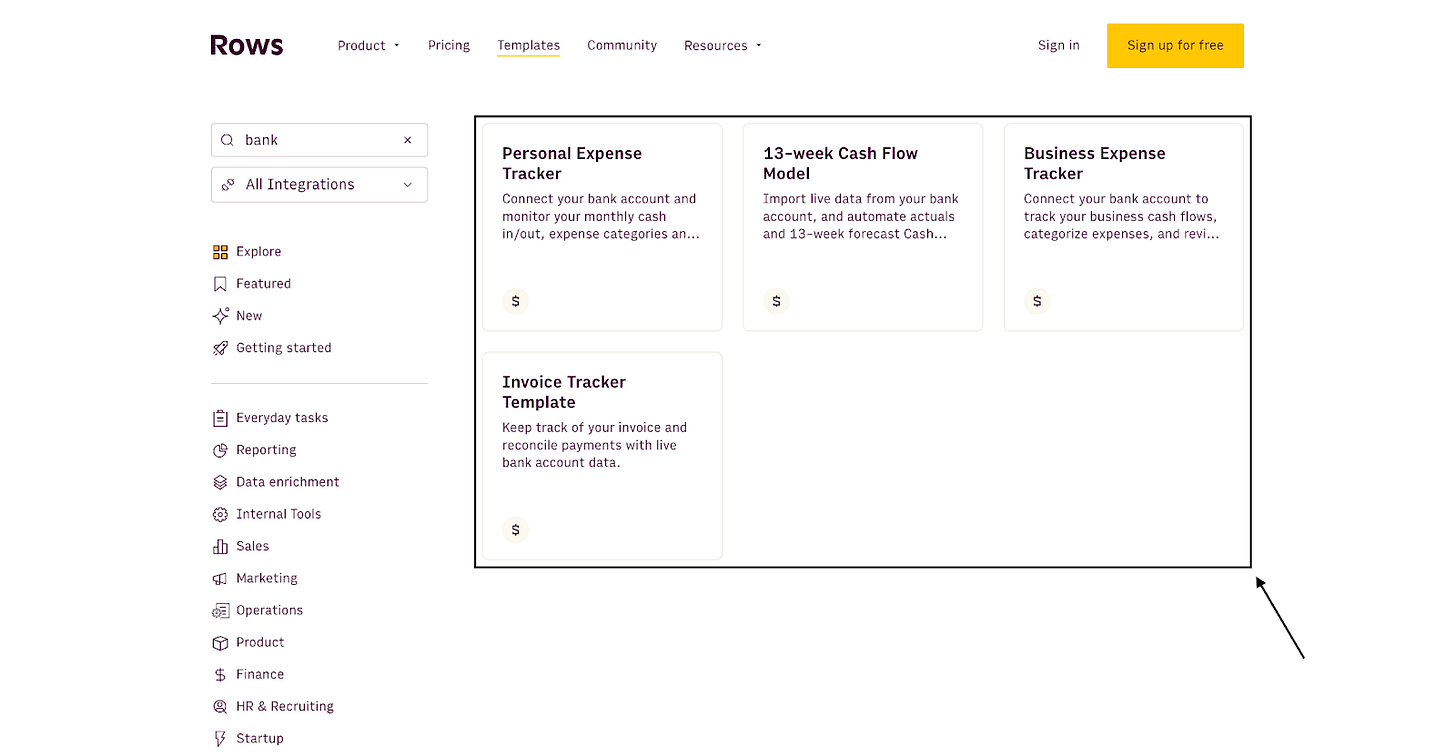
These are the same templates you’ll find on the feature page for their Bank Accounts feature.
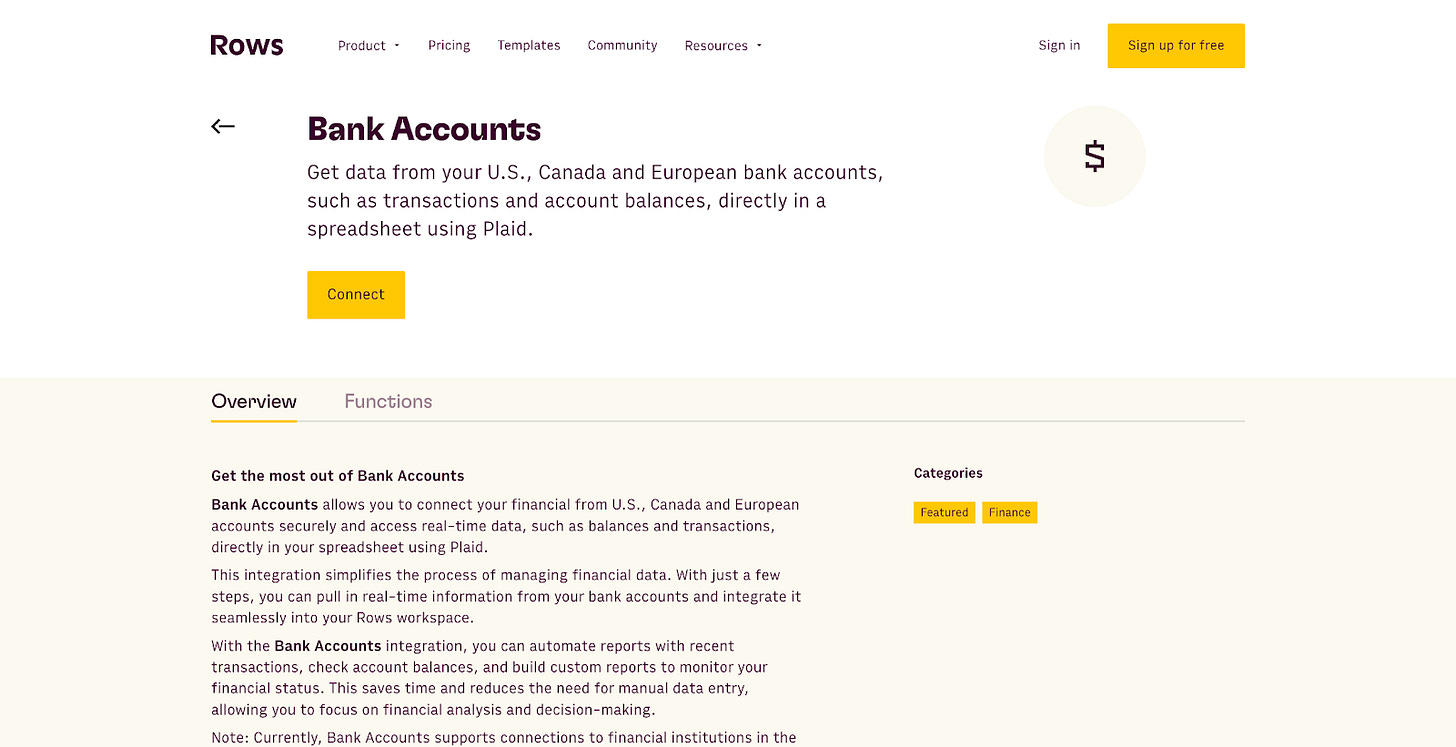
These templates enable users to build a finance or expense tracker, create beautiful visualizations, and personalize their trackers or spreadsheets.
It’s not as if there are no other semi-automated solutions for this use case in the market.
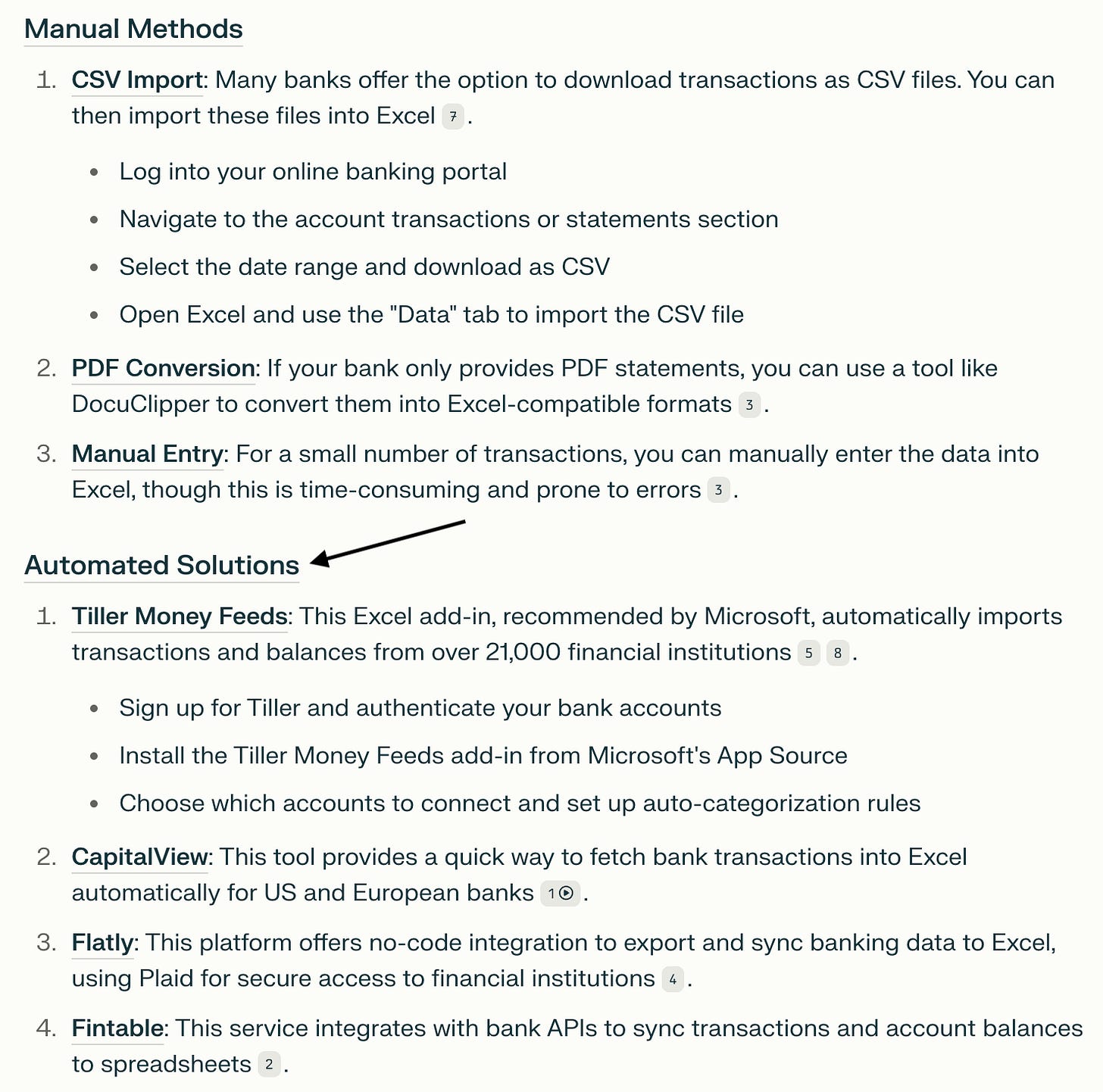
The problem is that many people who still use manual entries and CSV imports are probably unaware of these solutions.
Plus, Row's massive user base of over one million people provides an audience to promote the feature.
A product like Rows may serve different purposes; it could be used for:
Finance
Marketing
HR
And more.
What Rows is doing here is vertical product expansion.
The word vertical here makes all the difference since it means you dive deeper into specific segments of your user base (verticals) and build specifically for them.
You don’t build something new; you build on top of what you already have.
You dive deeper and serve your users and customers better.
This can work well if there’s demand, a clear use case for which there’s no good alternative, and the product capability to offer a better alternative.
You can do the same with your marketing, which I plan to discuss in a future note.
For now, let’s close with some final thoughts.
Final thoughts
Products with a big user base can afford to expand vertically more easily.
However, a potential downside of this strategy is that it’s easy to lose focus.
If you start chasing and building for specific verticals, it’s easy to neglect others.
So, this product growth strategy should be balanced.
You don’t want to build for specific verticals while neglecting others or thinking about horizontal expansion, which may help you unlock more audiences looking for entirely different use cases.
Thank you to Rows for giving us the vertical product expansion example for this note.



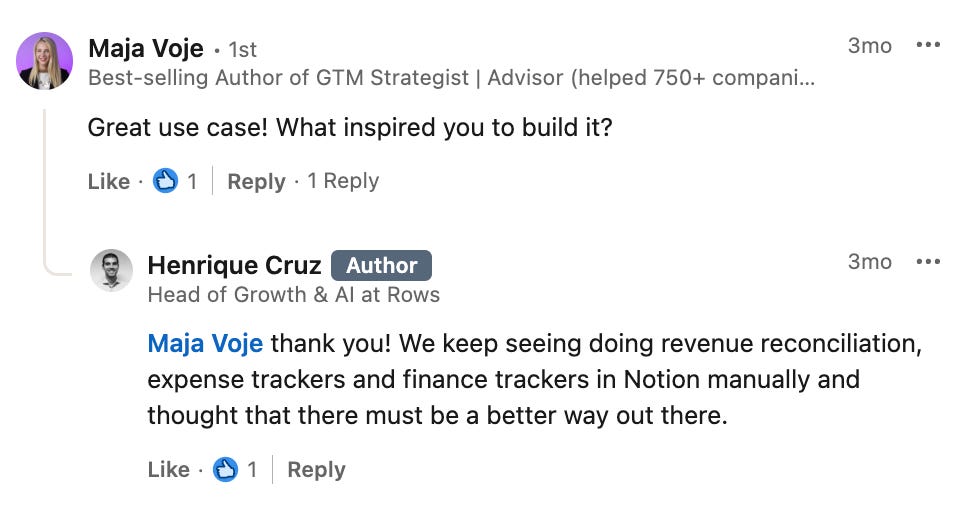
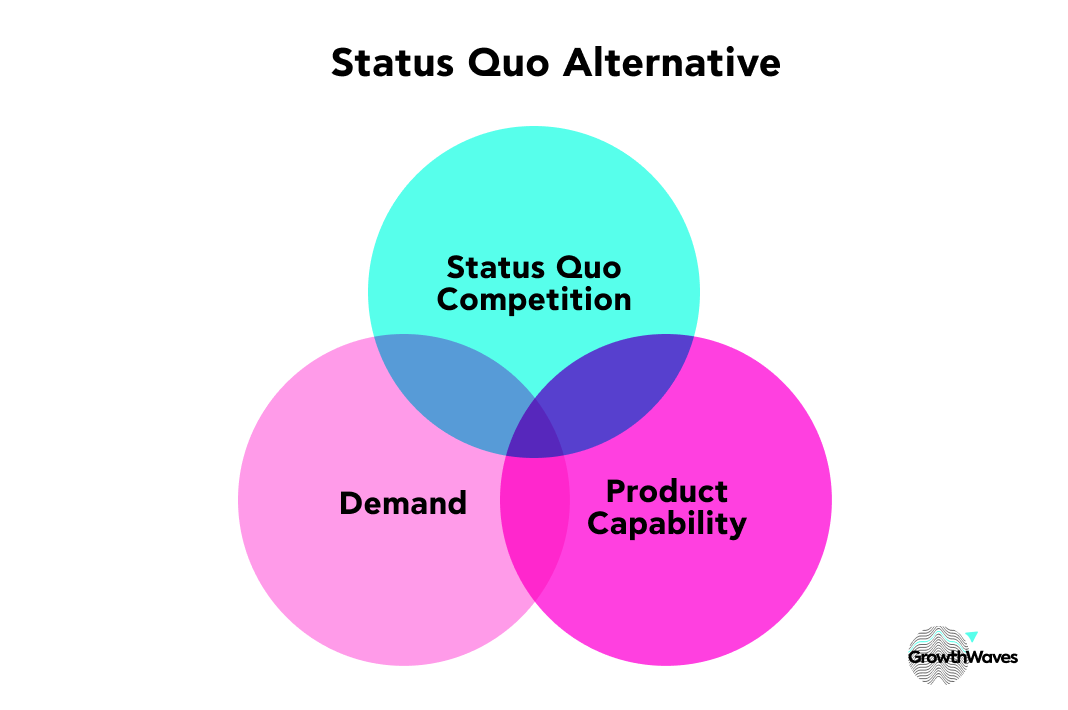

Rows is an interesting case study itself. This growth practice makes it an even greater one
So easy to lose focus. Great thoughts 👏